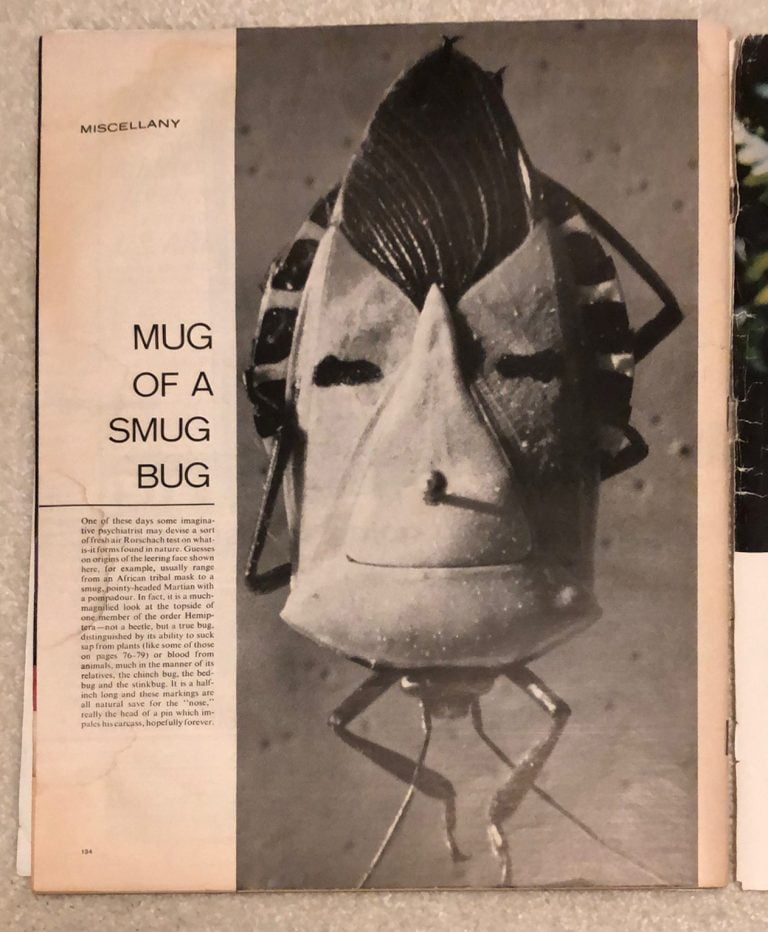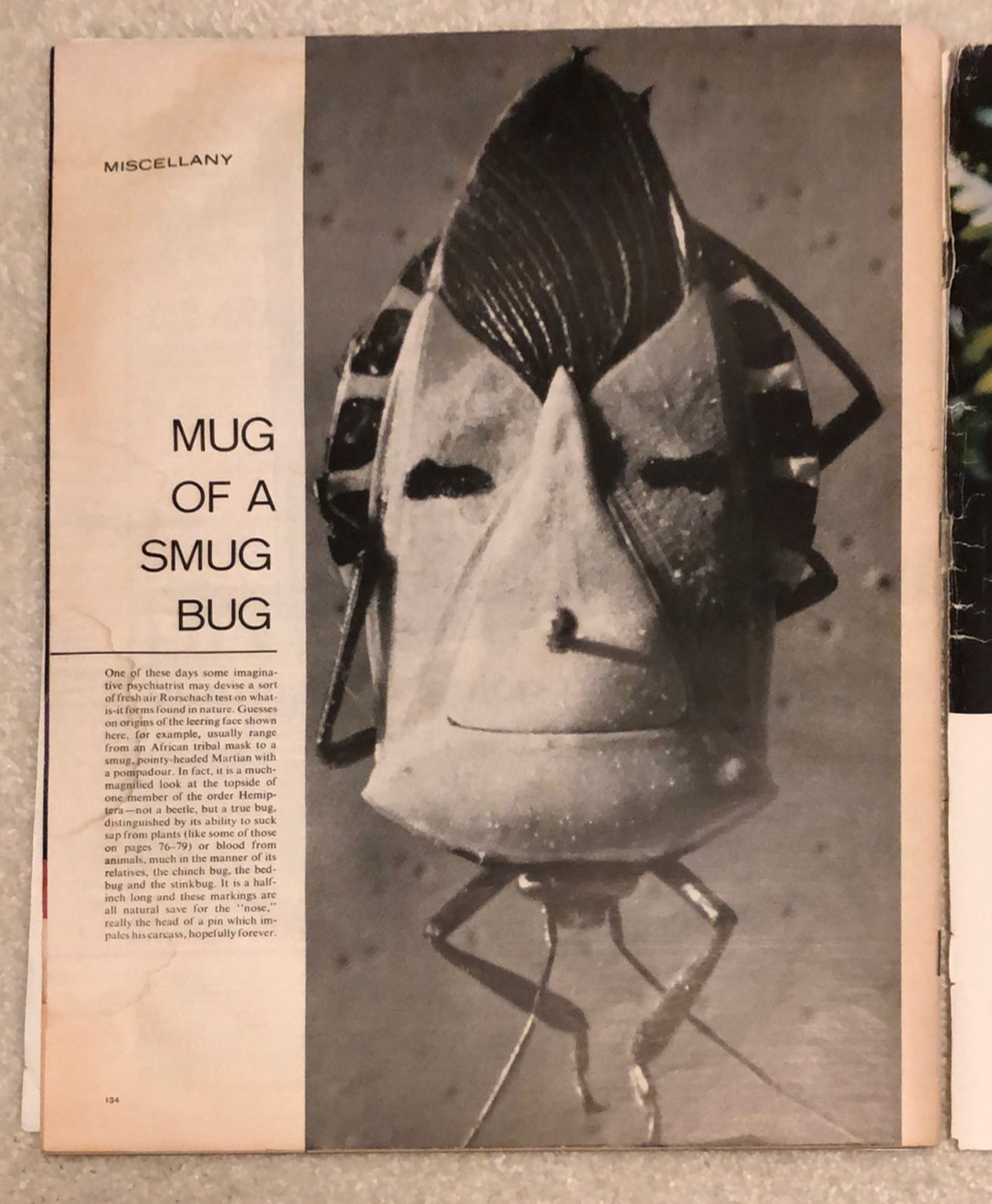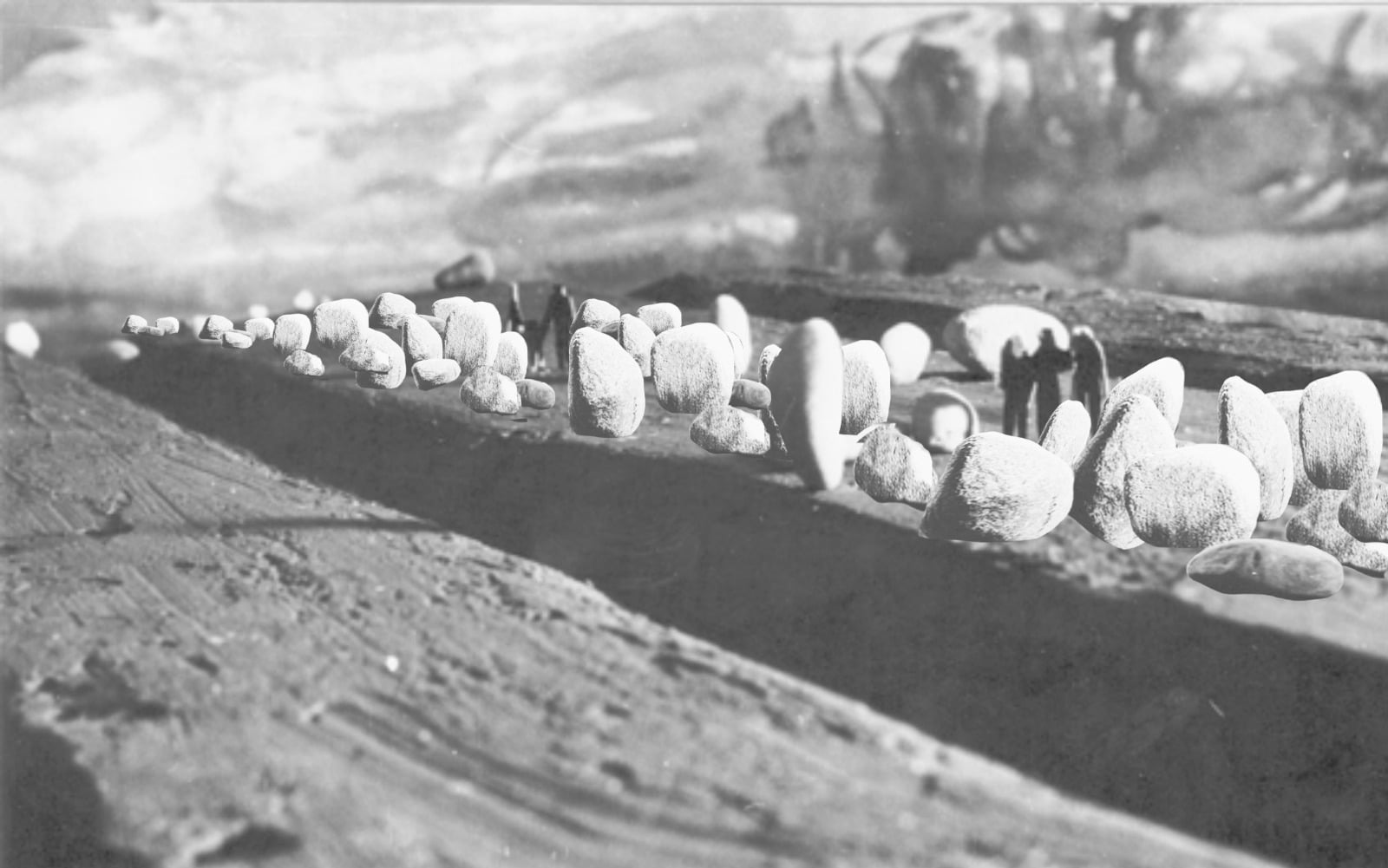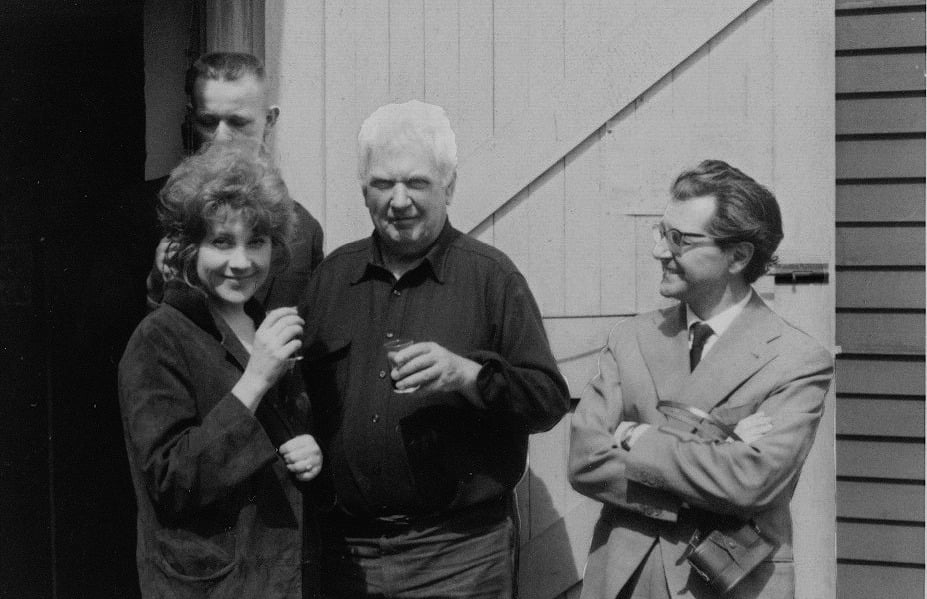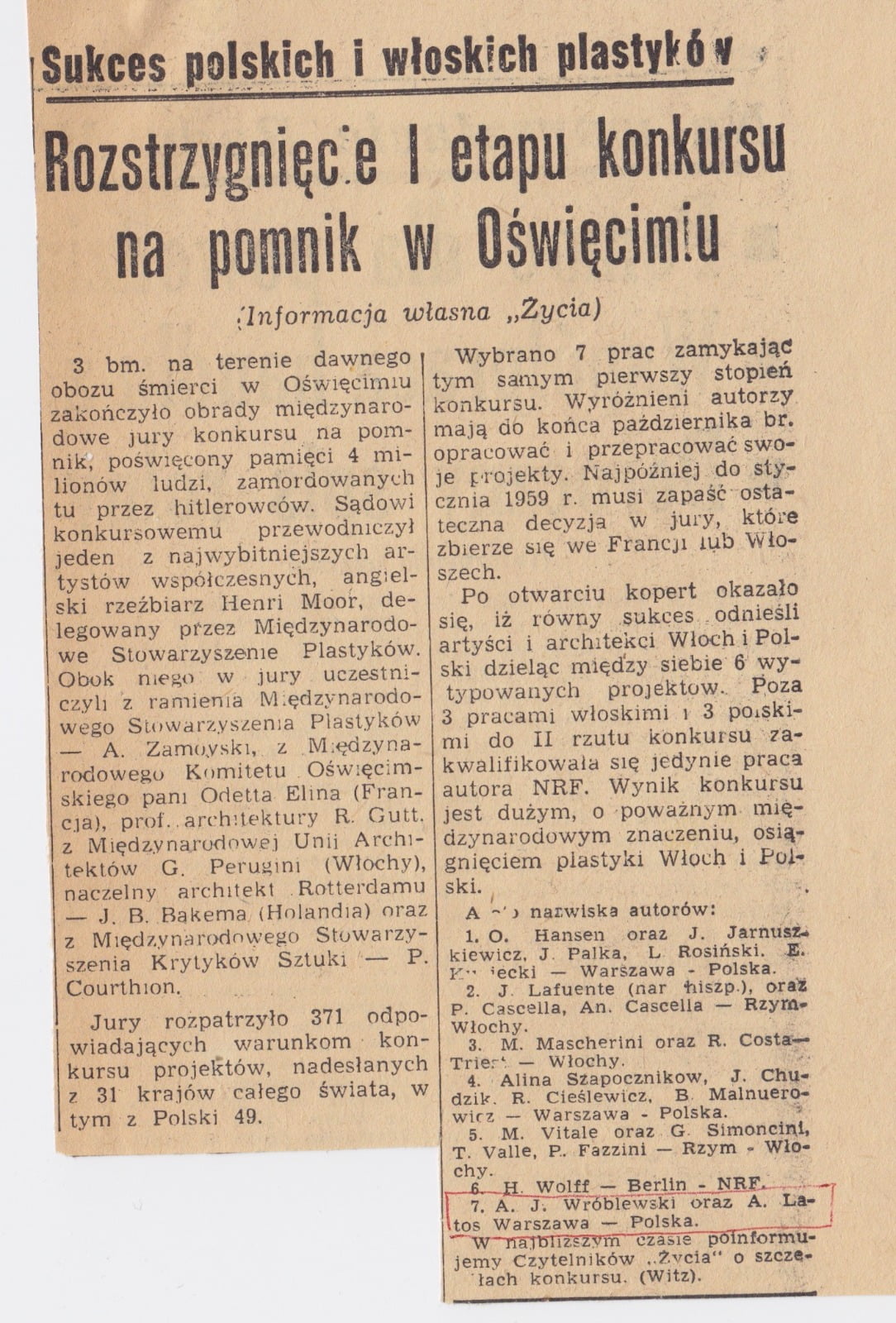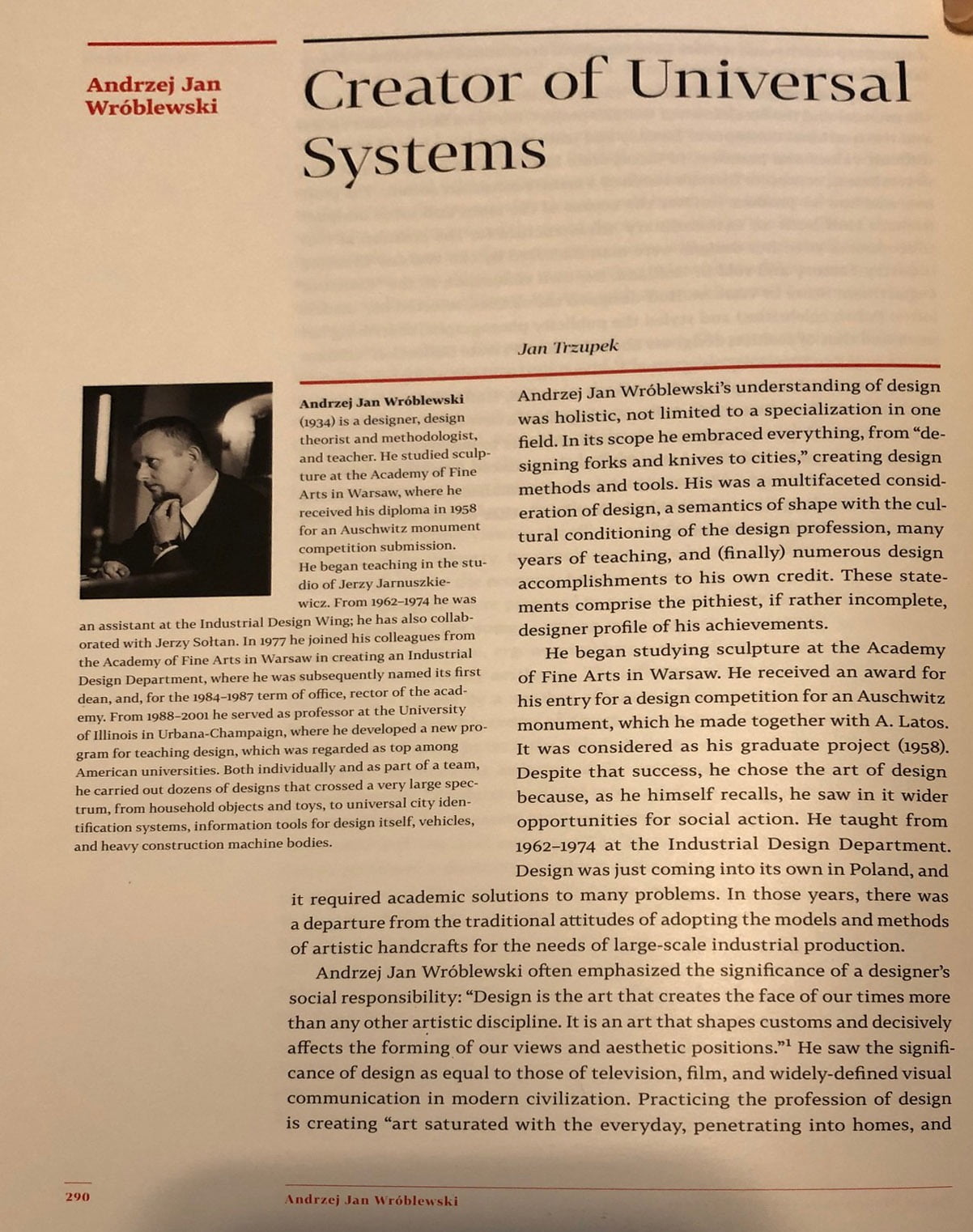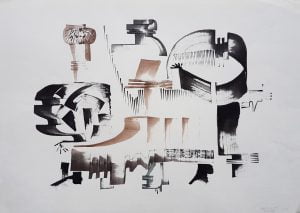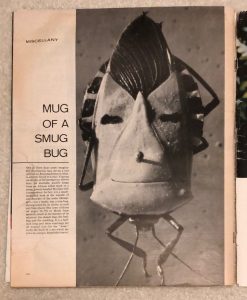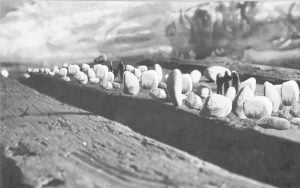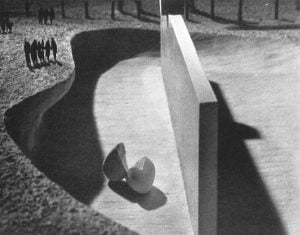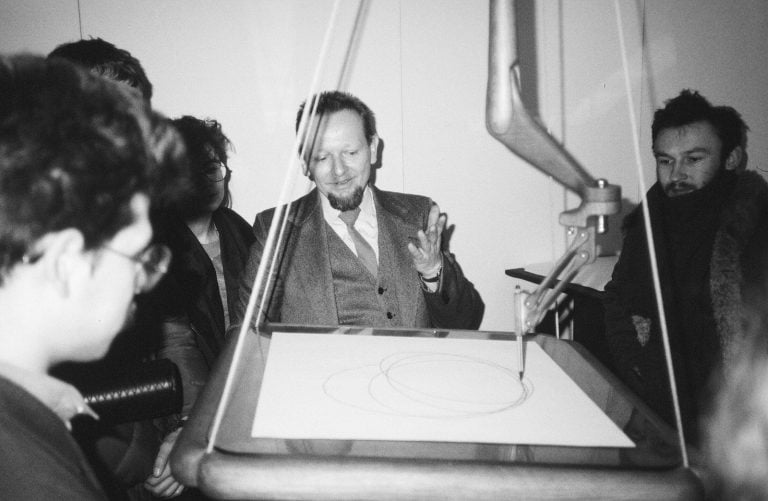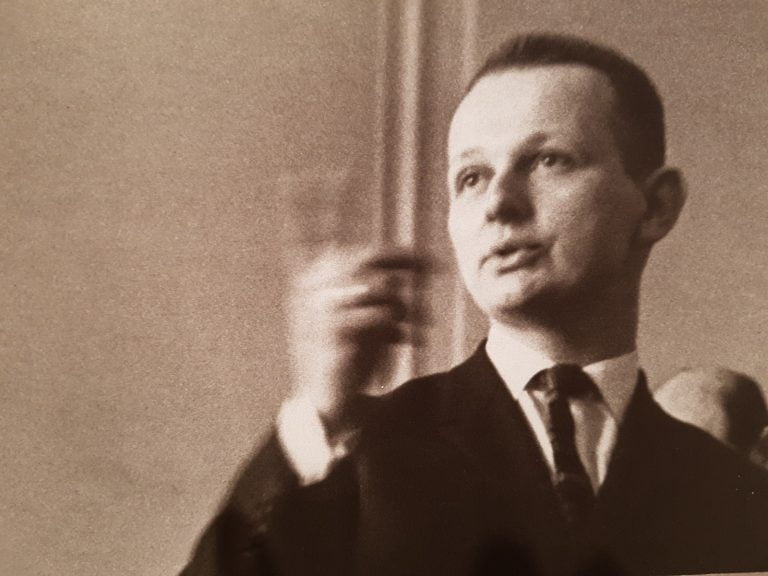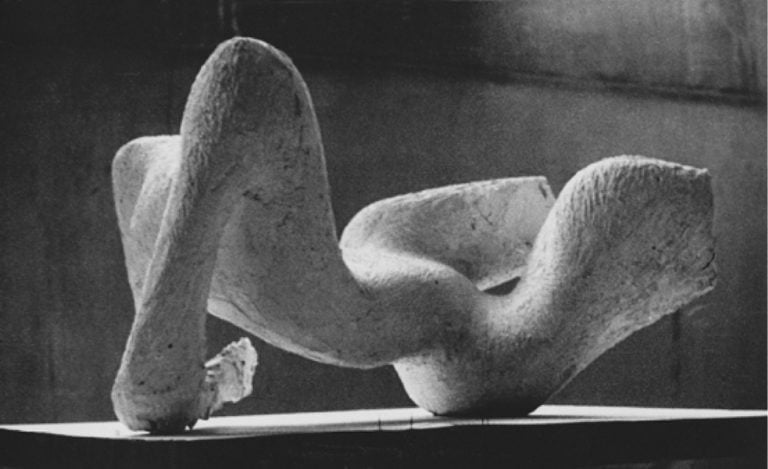ABOUT
AJW Design studio
Andrzej Jan Wróblewski (AJW) was the Co-Founder, inaugural Dean of the Faculty of Industrial Design, and then Rector, of the Academy of Fine Arts in Warsaw, Poland. Upon his move to the United States, AJW became the Chair of the Industrial Design Program at the University of Illinois at Urbana-Champaign, which, under his leadership, became the #1 ranked program in the Nation (The Gourman Report, Sixth Edition Revised, 1993). AJW played an important role in the historical development and advancement of industrial design in Poland and the USA. For his lifetime contributions, he was awarded the Order of Polonia Restituta and the Order of Merit of the Republic of Poland. In 2018, AJW was featured in an exhibition at the Zachęta National Gallery of Art in Warsaw where he was named one of the most influential Polish designers of the 20th century.
influence
AJW’s works were inspired by direct contact and learning exchanges with some of the most prominent designers of the Modern era. As recipient of the prestigious Ford Foundation Fellowship in 1962, AJW visited the studios of Alexander Calder, Alexander Archipenko, Isamu Noguchi, Charles Eames, George Nelson, and Saul Bass. These encounters resulted in AJW’s artistic explorations that caught the eye of internationally renowned art critics and collectors including curators at the Museum of Modern Art in New York (MoMA), leading to his work being acquired for the MoMA collection. AJW’s works can also be found in other acclaimed museums and institutions worldwide, including the National Museum in Warsaw, the Museum of Art in Lódź, the Museum of the Academy of Fine Arts in Warsaw, the NTNU Art Museum in Taipei, the Beckman Institute at the University of Illinois and numerous private collections across Europe, North America, and Asia.
EXPRESSION
AJW’s creative works span a multitude of art media, with particular emphasis on installation, photography and textile arts. His design work has also crossed numerous categories: from motorcycles and heavy machinery, household appliances and electronics, lighting and furniture, to the design of exhibitions and systems of visual information in cities.


